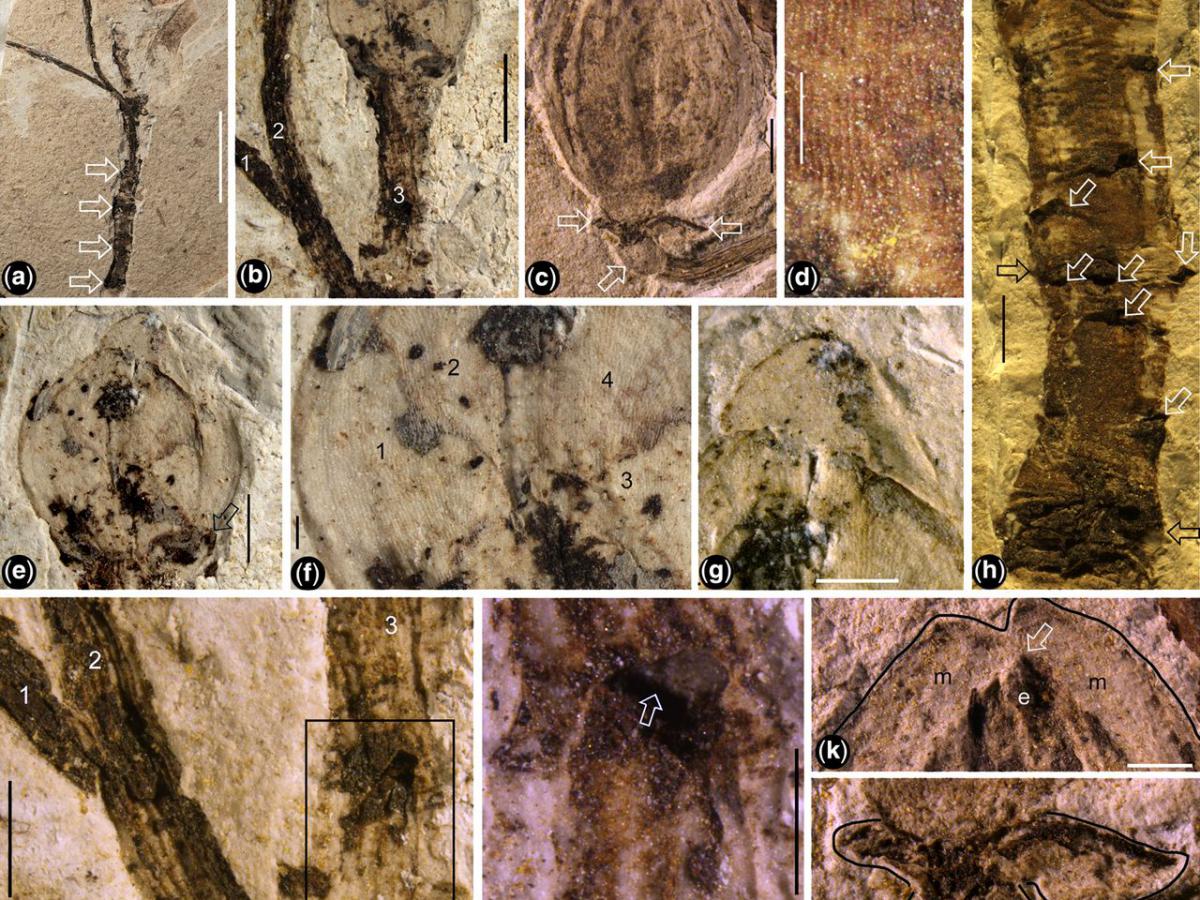
145 million years: That is the age of the flower recently discovered

Scientists in China have recently discovered the fossil of the oldest flower bud, which may hold the answer to a mystery that has puzzled researchers for decades: when did the first flowering plants, or angiosperms, appear on Earth?
According to a report from Science Alert, the study of this fossil has allowed researchers to refine their estimate of the age of the first angiosperms, which actually emerged tens of millions of years earlier than previously believed.
The findings of this study have brought scientists closer to solving a mystery that even Charles Darwin himself was unable to fully explain. The renowned naturalist had wondered why angiosperms had evolved into such a diverse group of plants over a relatively short period of time, between 20 and 30 million years in Earth's history. Previously, the oldest known flower fossil had been dated back to 130 million years ago, but the discovery of this new fossil suggests that angiosperms may have emerged much earlier than previously thought.
Only in the last few years have scientists been able to understand that this dating is incorrect. In 2016, a 145-million-year-old flower was discovered. The plant had not only petals but also sepals, as well as male and female reproductive parts. In 2018, another interesting fossil was found in China, dating back to around 174 million years ago. Like modern flowering plants, the seeds were fully enclosed in the ovary. However, some botanists continued to doubt the conclusions of their colleagues, believing these discoveries were too primitive to be considered flowers.
Recently, a fossilized flower bud was discovered in China, preserved in excellent condition in layers dating back 164 million years. The finding was named Florigerminis jurassica. Researchers believe that this species may be the missing link in the evolution of angiosperms that they have been searching for so long.